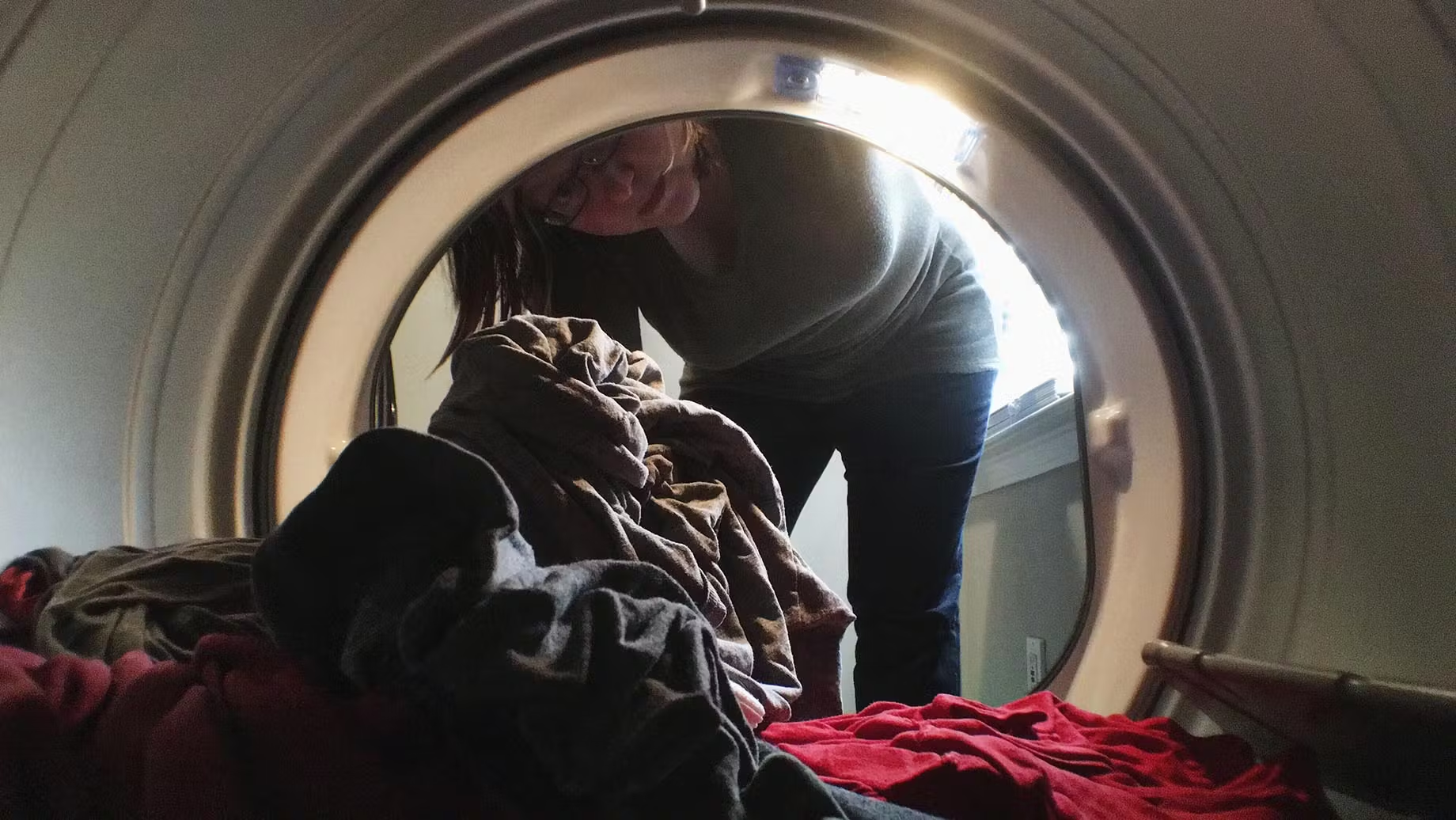

Articles
How Much Power Does Dryer Use
Modified: January 19, 2024
Discover how much power dryers use and save energy with these insightful articles. Learn tips and tricks to reduce your electricity consumption and lower your utility bills.
(Many of the links in this article redirect to a specific reviewed product. Your purchase of these products through affiliate links helps to generate commission for Storables.com, at no extra cost. Learn more)
Introduction
In today’s modern world, having a dryer is a convenient and essential appliance for many households. It saves us time and effort by quickly drying our clothes, especially during the rainy or winter seasons when it’s difficult to dry them outdoors. However, with the rising concern about energy consumption and its impact on the environment, it’s important to understand how much power a dryer uses and how we can minimize its energy consumption.
In this article, we will delve into the world of electric dryers and explore the factors that affect their power usage. We’ll also provide some insights into the average power consumption of different dryer models and offer useful tips on reducing your dryer’s power consumption. So, let’s get started and unravel the mystery behind the power usage of dryers!
Key Takeaways:
- Electric dryers consume 3.3 to 5.7 kWh per load, but factors like load size, moisture content, and settings can influence power usage. Adopting energy-saving practices can significantly reduce energy consumption and lower electricity bills.
- By optimizing load size, using sensor drying, and ensuring proper ventilation, you can minimize the power usage of your electric dryer. Upgrading to energy-efficient models can also make a significant impact on reducing energy waste.
Read more: How Much Power Does A Kegerator Use
Understanding Electric Dryers
Electric dryers are household appliances used to dry wet clothes after they have been washed. Unlike gas dryers, which use natural gas or propane, electric dryers rely solely on electricity to generate the necessary heat to dry clothes.
Electric dryers consist of a rotating drum that tumbles the clothes and a heating element that produces hot air. The heated air is circulated through the drum, evaporating the moisture in the clothes and drying them in the process. Additionally, electric dryers often come equipped with features like timers, temperature control, and moisture sensors to optimize the drying process and ensure the clothes are not over-dried.
When operating, electric dryers use a significant amount of power to generate heat and rotate the drum. The power consumption of an electric dryer is measured in kilowatt-hours (kWh) and is influenced by several factors, including the size and capacity of the dryer, the fabric type and moisture content of the clothes, and the settings chosen by the user.
It’s important to note that electric dryers typically require a dedicated electrical circuit to deliver the necessary power. This means they are connected directly to an electrical panel and have their own circuit breaker to prevent overloading the electrical system.
Now that we have a basic understanding of electric dryers, let’s explore the factors that can influence their power usage.
Factors Affecting Power Usage
The power consumption of an electric dryer can be influenced by several factors. Understanding these factors can help you make informed decisions on how to optimize energy usage and reduce your overall power consumption. Let’s take a closer look at the key factors affecting the power usage of electric dryers:
- Load Size and Capacity: The amount of laundry you put in the dryer can affect its power usage. Overloading the dryer with a large load can strain the motor and heating element, causing it to consume more power. It is recommended to follow the manufacturer’s guidelines for load size and capacity to ensure efficient drying and optimal power usage.
- Moisture Content of Clothes: The wetter the clothes are when they enter the dryer, the more energy it will require to dry them. If possible, try to spin dry your clothes in the washing machine before transferring them to the dryer. This will remove excess moisture and reduce the drying time, ultimately saving energy.
- Temperature Settings: Most dryers offer multiple temperature settings such as high, medium, and low. Higher temperature settings require more energy as they generate hotter air to dry the clothes faster. However, not all fabrics require high heat. Delicate items can be dried using the low or medium settings, saving energy in the process.
- Drying Time: The longer the drying cycle, the more energy the dryer will consume. It’s important to avoid unnecessary extended drying times. Remove clothes as soon as they are dry to avoid over-drying and wasting energy. Consider using the moisture sensor feature if your dryer has one, as it will automatically shut off the drying cycle once the clothes are dry.
- Ventilation and Maintenance: Proper venting is crucial for efficient dryer operation. A clogged or obstructed dryer vent can restrict air circulation, resulting in longer drying times and increased power usage. Regularly clean the lint trap and inspect the vent for blockages. Additionally, ensure that the dryer’s exhaust vent is properly installed and vented to the outside.
By taking these factors into consideration and adopting good laundry practices, you can effectively reduce the power usage of your electric dryer and save energy and money in the long run.
Energy Consumption of Electric Dryers
Electric dryers are known to be one of the most energy-intensive appliances in a typical household. The amount of energy consumed by an electric dryer depends on various factors, including the size and capacity of the dryer, the drying settings used, and the user’s laundry habits. However, on average, electric dryers consume around 3.3 to 5.7 kilowatt-hours (kWh) of electricity per load.
It’s important to note that the energy consumption of electric dryers can vary significantly between different models and brands. Modern dryers are designed to be more energy-efficient, utilizing advanced technologies such as moisture sensors and improved insulation, resulting in less energy waste.
According to the U.S. Department of Energy, older electric dryers can consume up to twice as much energy as newer, more energy-efficient models. As a general guideline, dryers with an Energy Star certification are recommended as they meet the energy efficiency standards set by the Environmental Protection Agency (EPA) and can help reduce energy consumption.
To put the energy consumption of electric dryers into perspective, let’s consider an example. If you have an electric dryer that uses an average of 4.5 kWh per load and you dry 5 loads of laundry per week, your dryer would consume approximately 1170 kWh of electricity per year. This estimation can vary depending on your usage patterns and the specific features of your dryer.
It’s worth noting that even though electric dryers are substantial energy consumers, their energy usage can be mitigated through various strategies, such as adopting energy-saving practices and making use of dryer settings that enhance efficiency.
Now that we have an understanding of the energy consumption of electric dryers, let’s explore the average power consumption of different dryer models.
Consider using a dryer with a high energy efficiency rating to reduce power consumption. Clean the lint filter regularly to maintain optimal performance and lower energy usage.
Average Power Consumption of Different Dryer Models
When it comes to the power consumption of electric dryers, it’s important to note that there can be significant variations between different models and brands. The power consumption is influenced by various factors, including the size and capacity of the dryer, the drying settings used, and the efficiency of the dryer itself.
On average, electric dryers consume around 3.3 to 5.7 kilowatt-hours (kWh) of electricity per load. However, it’s important to remember that this is just an estimate, and the actual power consumption may differ based on specific circumstances. Let’s take a closer look at different dryer models and their average power consumption:
- Compact Dryers: Compact electric dryers are smaller in size and typically have a capacity of around 3 to 4 cubic feet. These dryers are ideal for small apartments or households with limited space. On average, compact electric dryers consume around 3.3 to 4 kWh per load.
- Standard Dryers: Standard electric dryers have a capacity ranging from 6 to 8 cubic feet. They are suitable for most households and can handle larger loads. The average power consumption of standard electric dryers is around 4.4 to 4.7 kWh per load.
- High-Capacity Dryers: High-capacity electric dryers have a larger drum size, usually ranging from 8 to 9 cubic feet. These dryers are designed for households with frequent and large loads of laundry. Due to their larger size, high-capacity electric dryers may consume slightly more energy, with an average power consumption of around 5.5 to 5.7 kWh per load.
It’s worth noting that the power consumption of electric dryers can also be influenced by the specific settings and features chosen by the user. For example, using higher heat settings or longer drying cycles can result in increased energy consumption. To minimize power usage, it’s advisable to choose the appropriate settings based on the fabric type and moisture content of the clothes being dried.
Additionally, as technology advances, manufacturers are continuously improving the energy efficiency of electric dryers. Energy Star-certified dryers are designed to meet specific energy efficiency standards set by the EPA. These dryers utilize advanced features such as moisture sensors, improved insulation, and optimized airflow to reduce energy waste and minimize power consumption.
Now that we have a better understanding of the average power consumption of different dryer models, let’s explore some tips for reducing dryer power usage.
Read more: How Much Power Does A Dehumidifier Use
Tips for Reducing Dryer Power Usage
Reducing the power usage of your electric dryer not only helps save energy, but it can also lower your electricity bill. By following these tips, you can optimize the energy efficiency of your dryer and minimize its power consumption:
- Optimize Load Size: Avoid overloading the dryer, as it can strain the motor and heating element, leading to increased energy consumption. Instead, dry full loads without cramming too many items into the drum.
- Pre-sort and Spin-dry: Pre-sorting your laundry based on fabric type and moisture content can help optimize drying time. Additionally, if your washing machine has a spin-dry option, utilize it to remove excess moisture before transferring the clothes to the dryer.
- Use Sensor Drying: If your dryer is equipped with a moisture sensor, take advantage of this feature. It automatically detects when the clothes are dry and stops the drying process, preventing over-drying and unnecessary energy consumption.
- Select Optimal Settings: Choose the appropriate drying settings based on the fabric type and level of dryness required. Delicate or lightweight items can be dried on lower heat settings, while heavier fabrics may require higher heat levels.
- Clean the Lint Trap: Regularly clean the lint trap before each drying cycle. A clogged lint trap obstructs airflow, lengthens drying time, and increases energy usage. Removing the lint allows hot air to circulate freely, leading to faster and more efficient drying.
- Ensure Proper Ventilation: Check that your dryer’s exhaust vent is properly installed and free from obstructions. A well-ventilated dryer allows hot, moist air to escape, reducing drying time and energy consumption. Periodically inspect and clean the vent to maintain optimal performance.
- Consider Air-drying: Whenever possible, air-dry your clothes instead of using the dryer. Hang laundry outdoors or utilize indoor drying racks or clotheslines. This not only saves energy but also helps extend the lifespan of your clothes.
- Time Drying Appropriately: Be mindful of the drying time. Avoid unnecessarily long drying cycles by setting a timer or using the dryer’s built-in moisture sensor. Remove clothes promptly when they are dry to prevent over-drying and unnecessary energy usage.
- Upgrade to Energy-Efficient Models: Consider investing in a newer, energy-efficient electric dryer. Look for dryers with an Energy Star certification, as they meet strict efficiency standards and are designed to minimize energy consumption without compromising performance.
By implementing these energy-saving tips, you can significantly reduce the power usage of your electric dryer, lower your energy bills, and contribute to a greener and more sustainable environment.
Conclusion
Electric dryers have become indispensable appliances in many households, providing convenience and efficiency when it comes to drying clothes. However, it’s important to be mindful of their power usage and take steps to minimize energy consumption. By understanding the factors that affect power usage, such as load size, moisture content, temperature settings, and drying time, you can make informed decisions to optimize energy efficiency.
The average power consumption of electric dryers varies depending on the model and capacity. Compact dryers tend to consume around 3.3 to 4 kWh per load, while standard and high-capacity dryers average around 4.4 to 5.7 kWh per load. However, it’s crucial to note that these numbers are rough estimates and can vary based on individual circumstances and usage patterns.
To reduce your electric dryer’s power consumption, consider implementing some practical tips. These include optimizing load size, pre-sorting and spin-drying clothes, using sensor drying, selecting appropriate settings, cleaning the lint trap and exhaust vent, and exploring air-drying alternatives. Upgrading to energy-efficient models that carry the Energy Star certification can also make a significant impact on reducing energy waste.
By following these recommendations and adopting energy-saving practices, you can not only conserve energy and reduce your environmental footprint but also potentially save on your electricity bill. It’s a win-win situation that benefits both your wallet and the planet.
Remember, the power consumption of your electric dryer can be minimized without compromising its functionality. By being mindful of energy usage and making slight adjustments to your laundry routine, you can contribute to a sustainable and energy-efficient future.
Frequently Asked Questions about How Much Power Does Dryer Use
Was this page helpful?
At Storables.com, we guarantee accurate and reliable information. Our content, validated by Expert Board Contributors, is crafted following stringent Editorial Policies. We're committed to providing you with well-researched, expert-backed insights for all your informational needs.
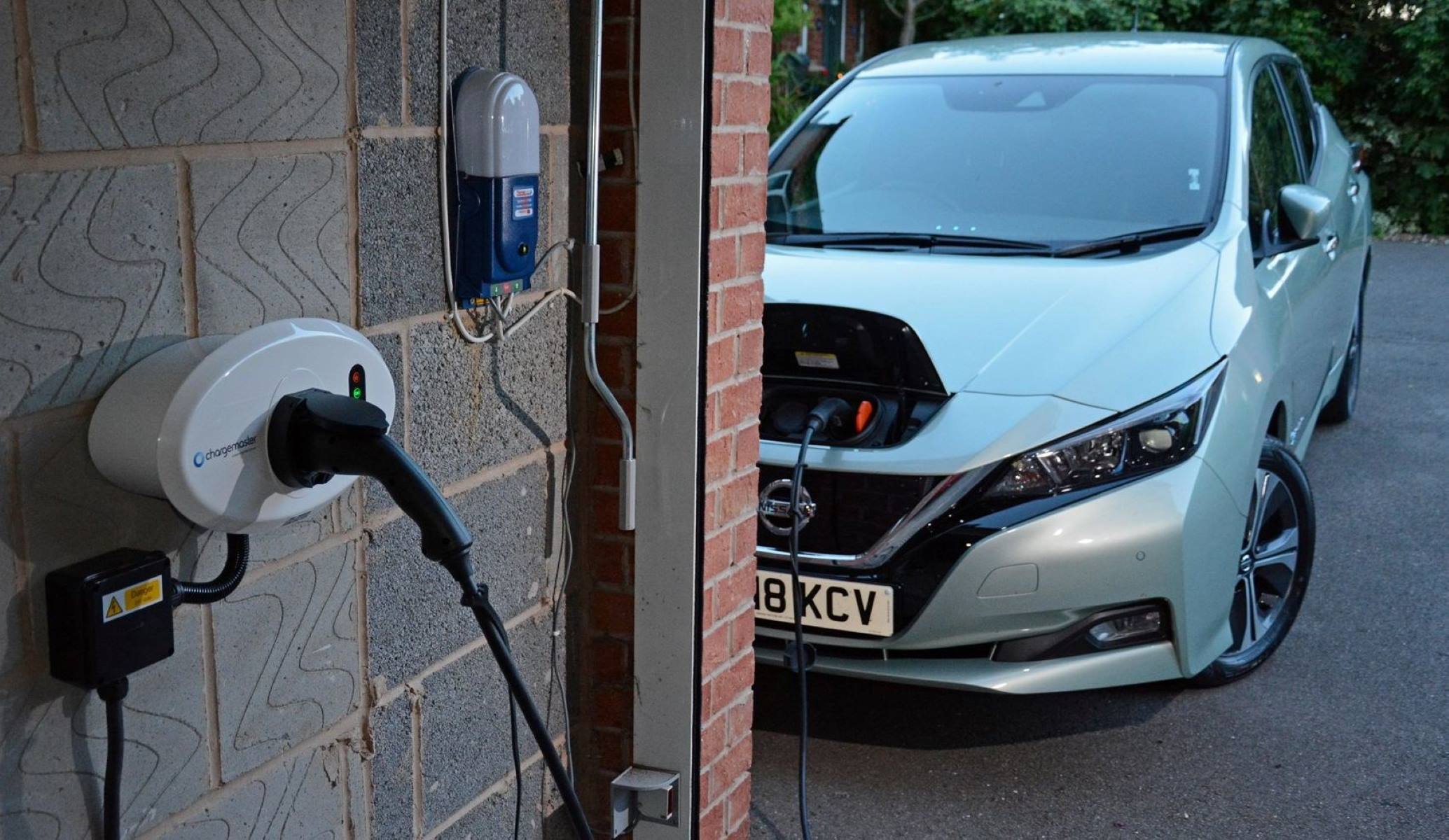
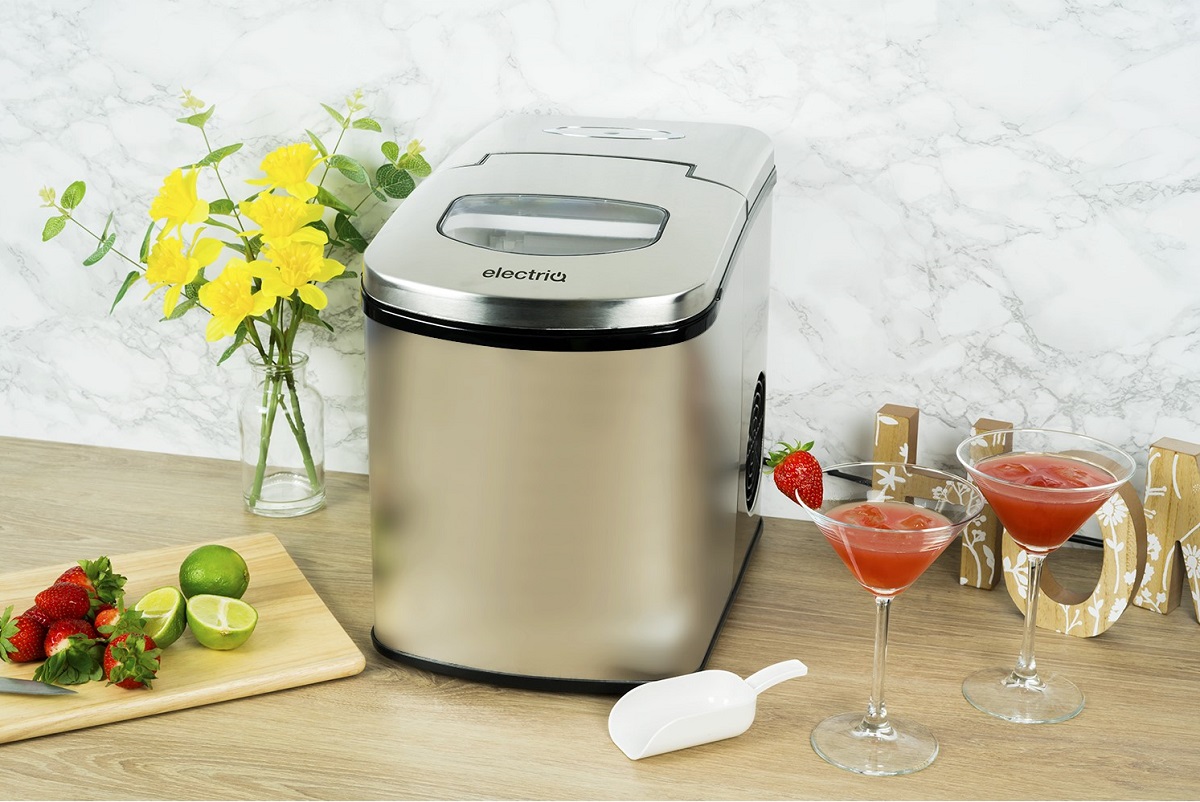
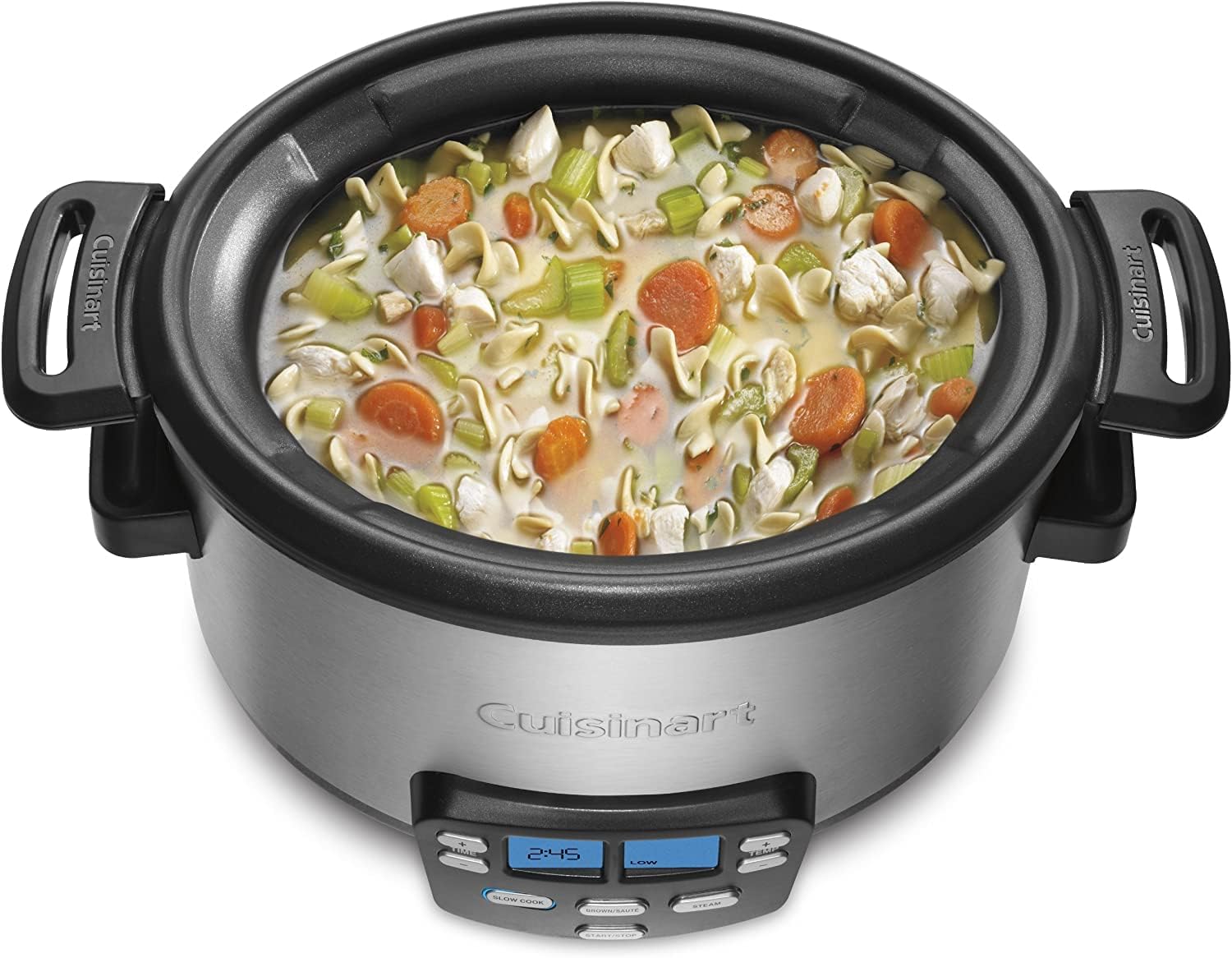
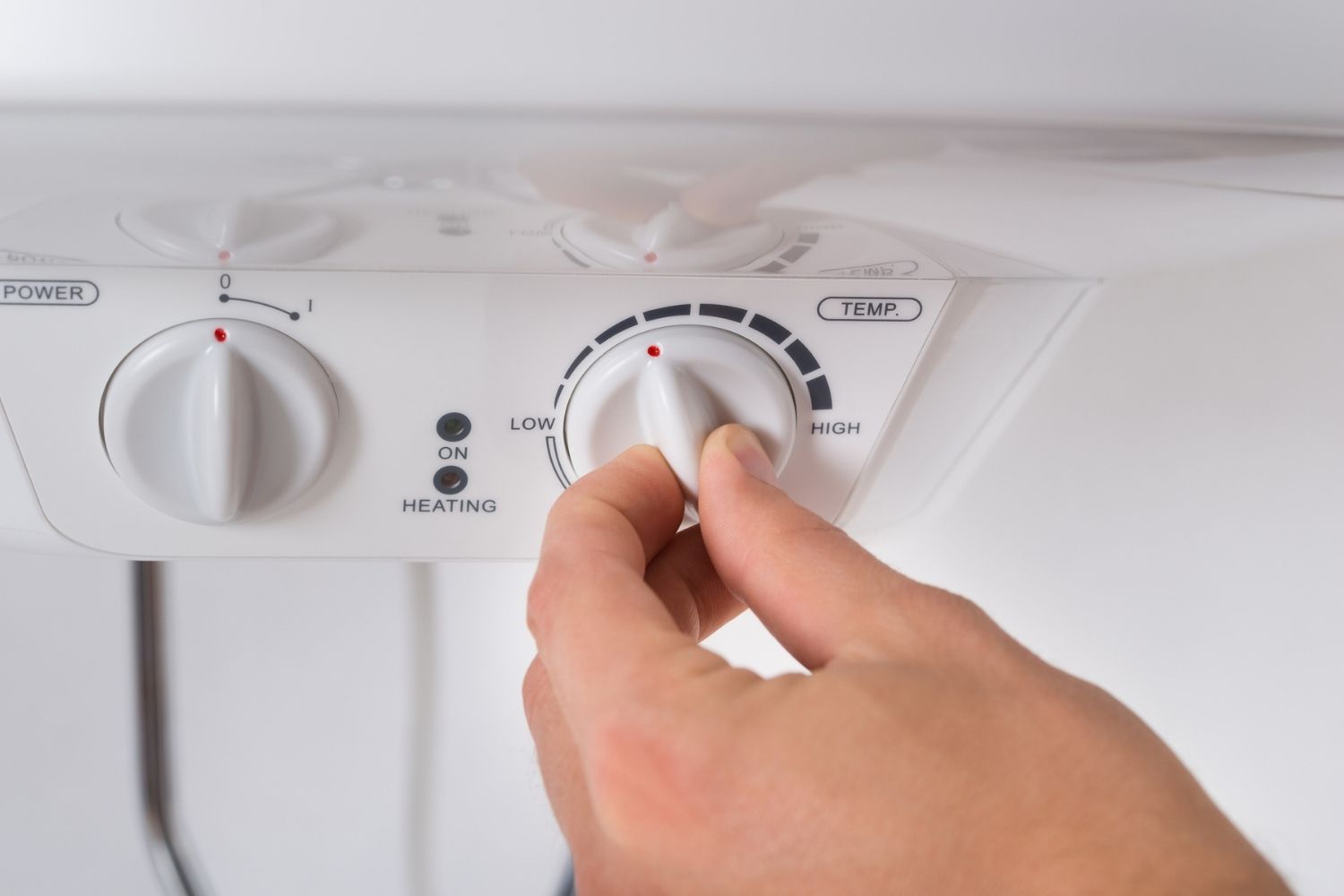
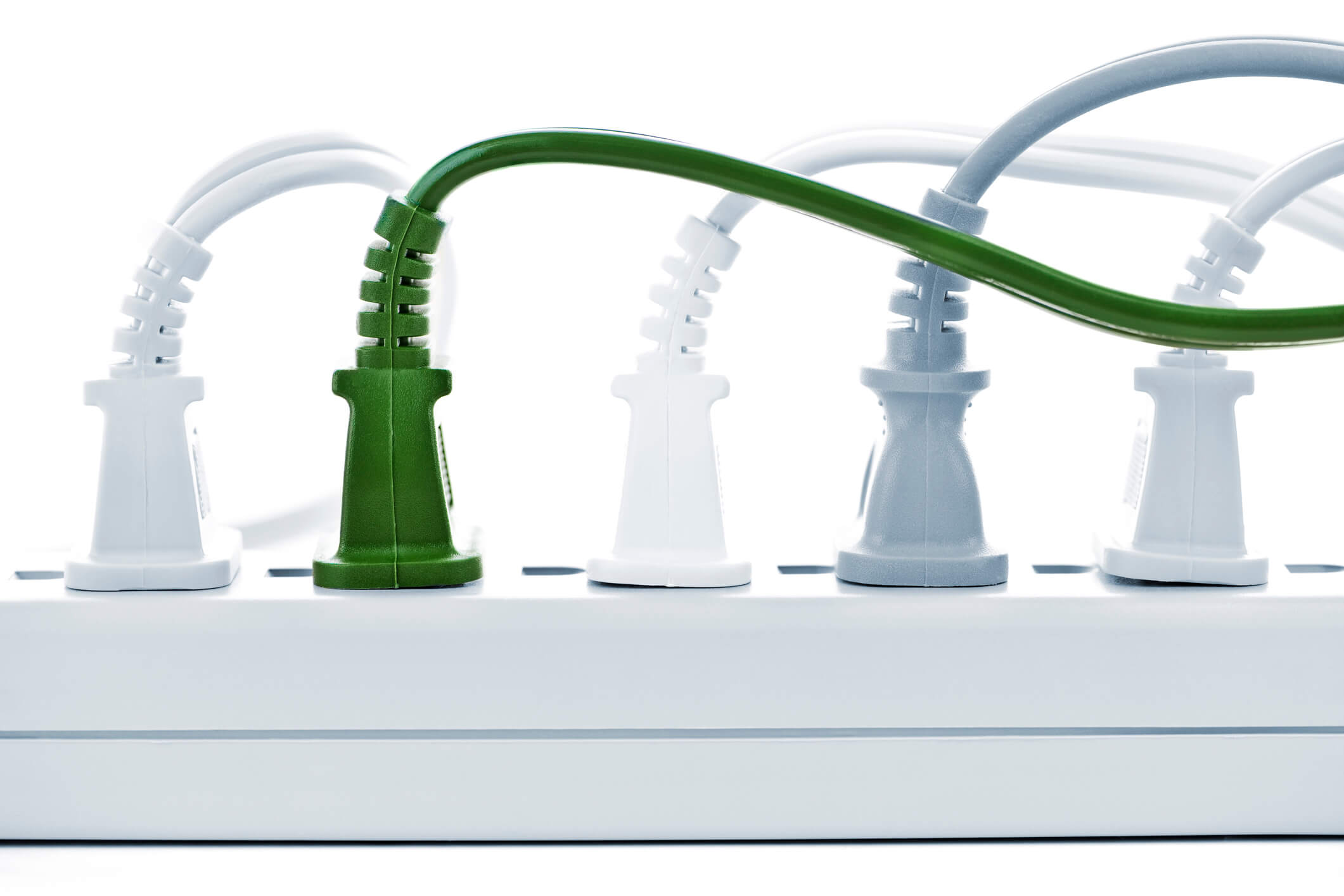
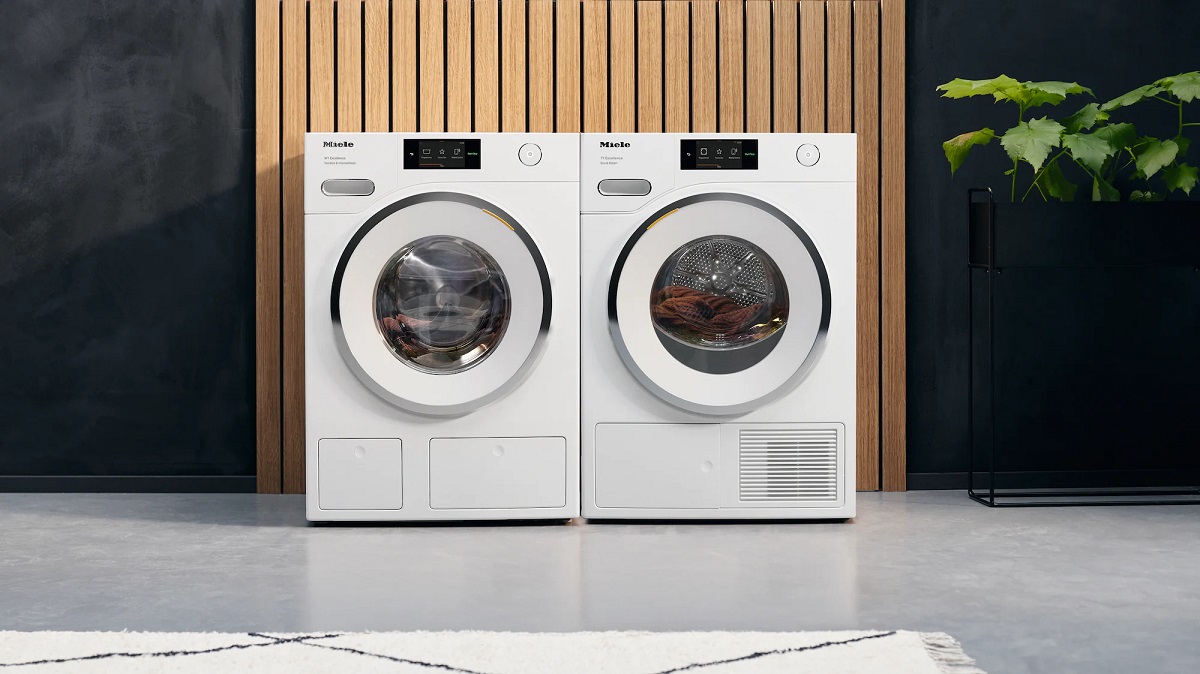
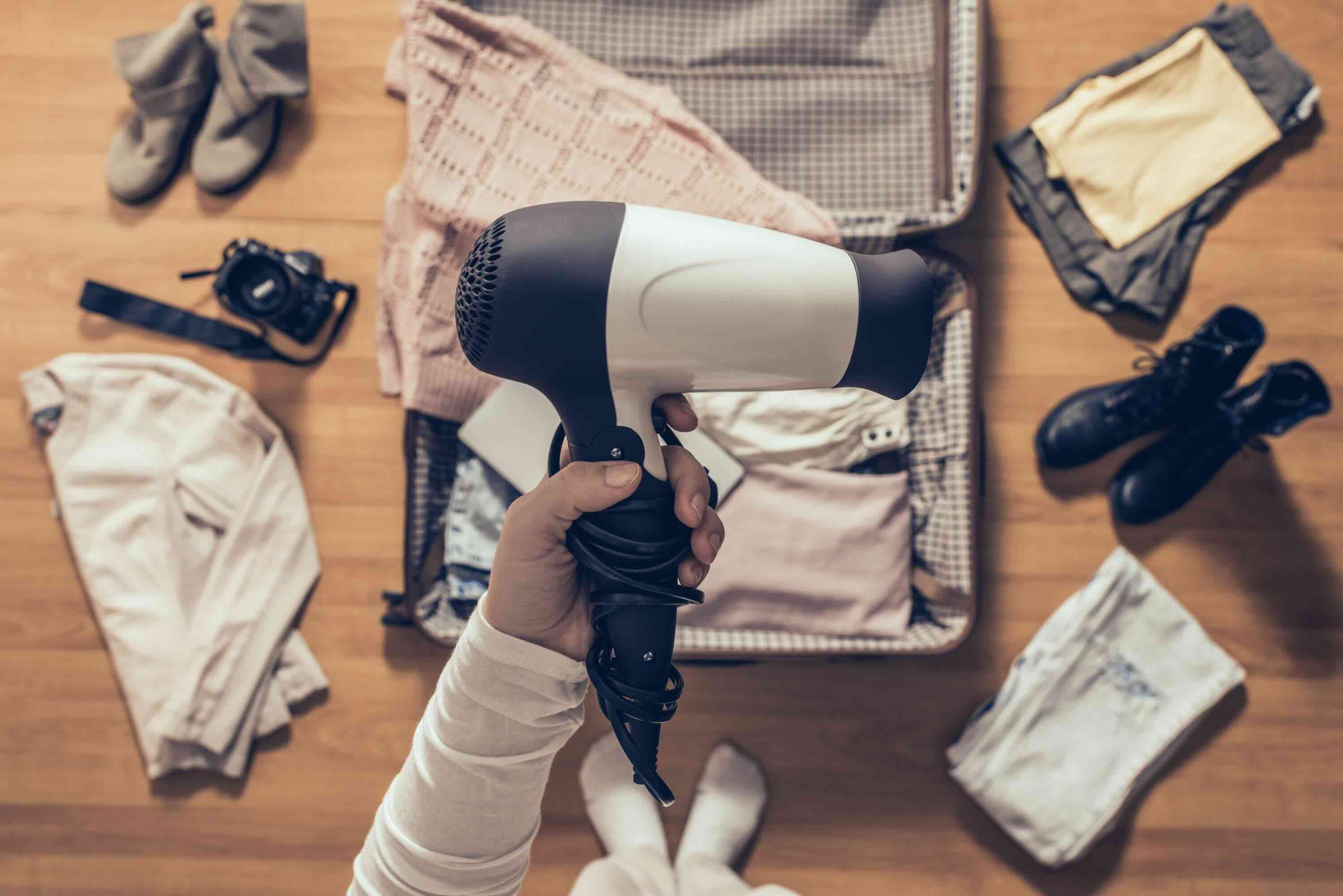
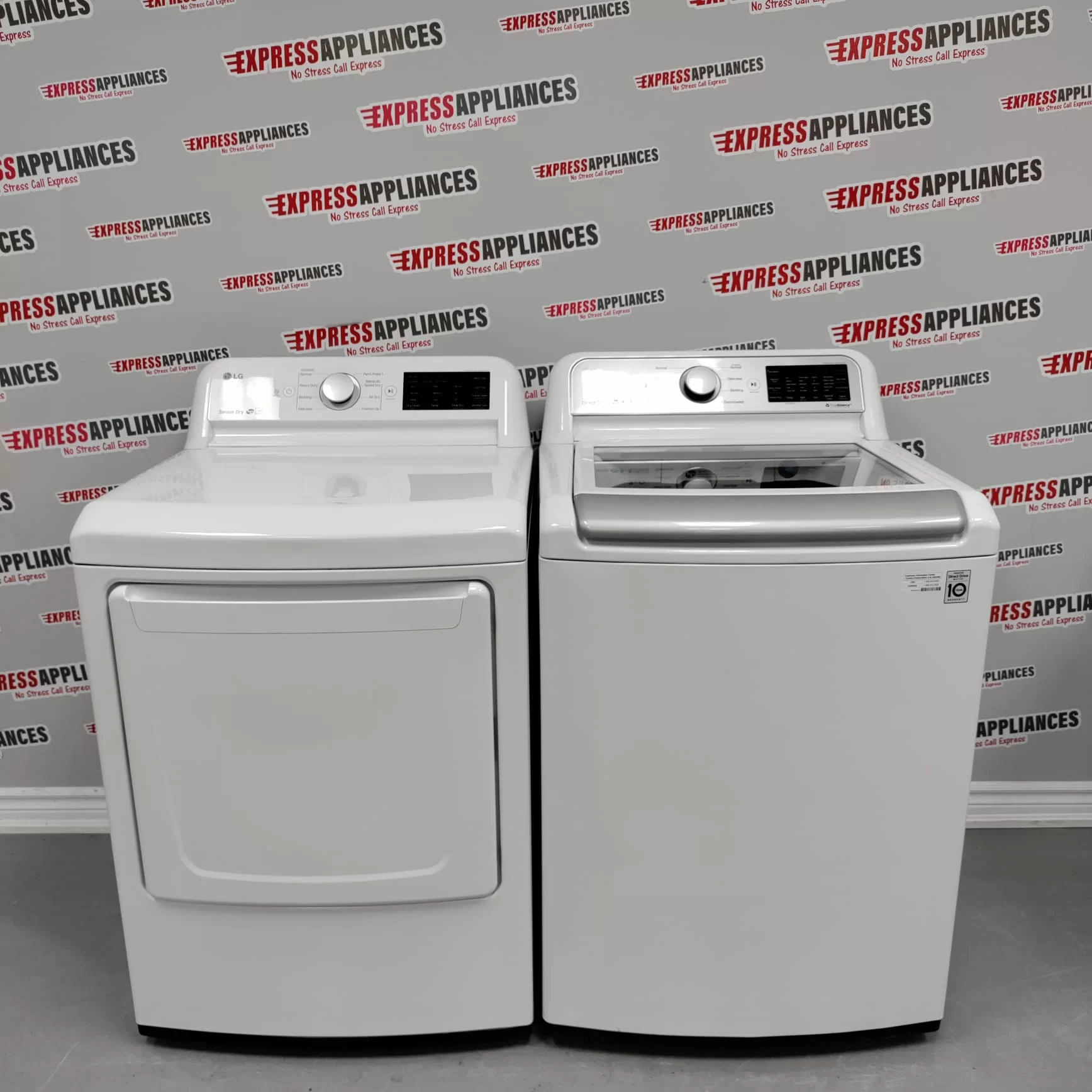
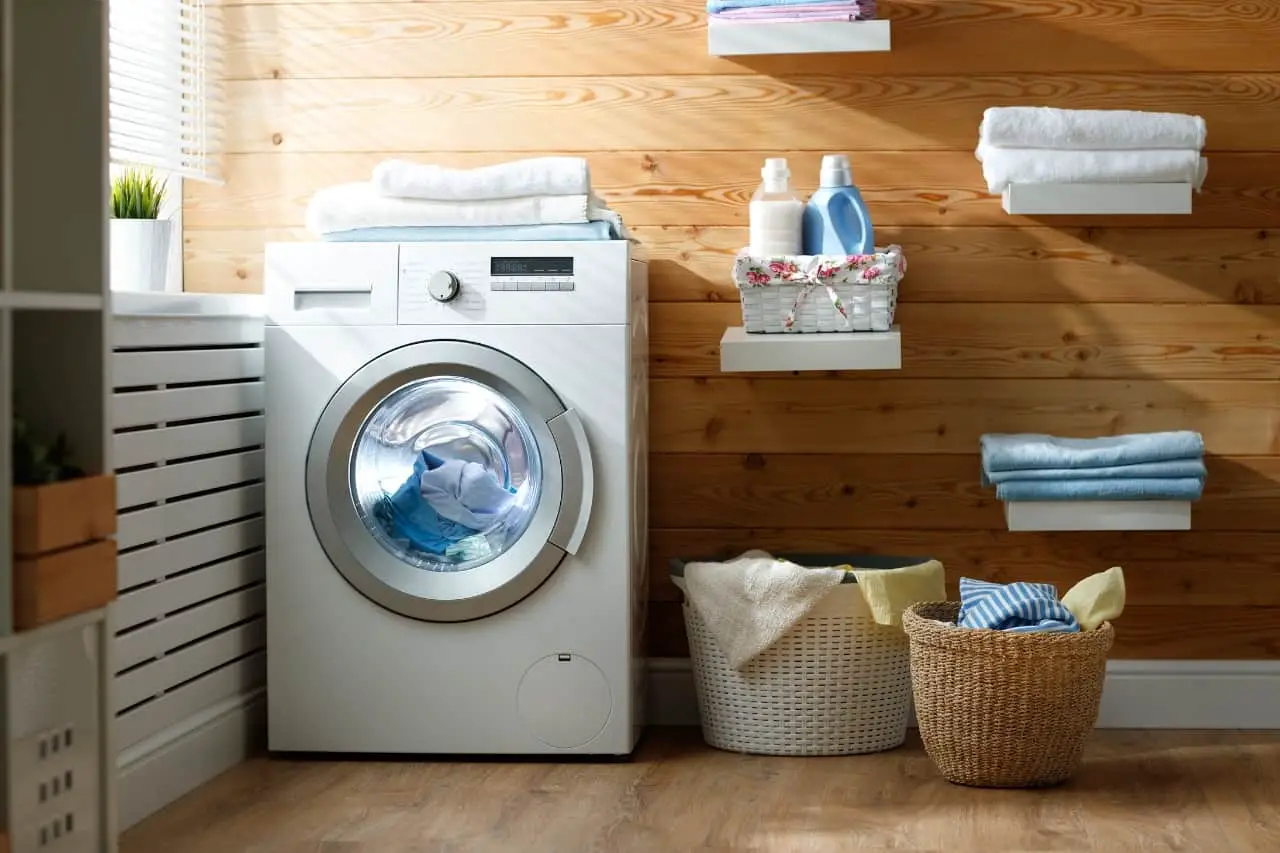
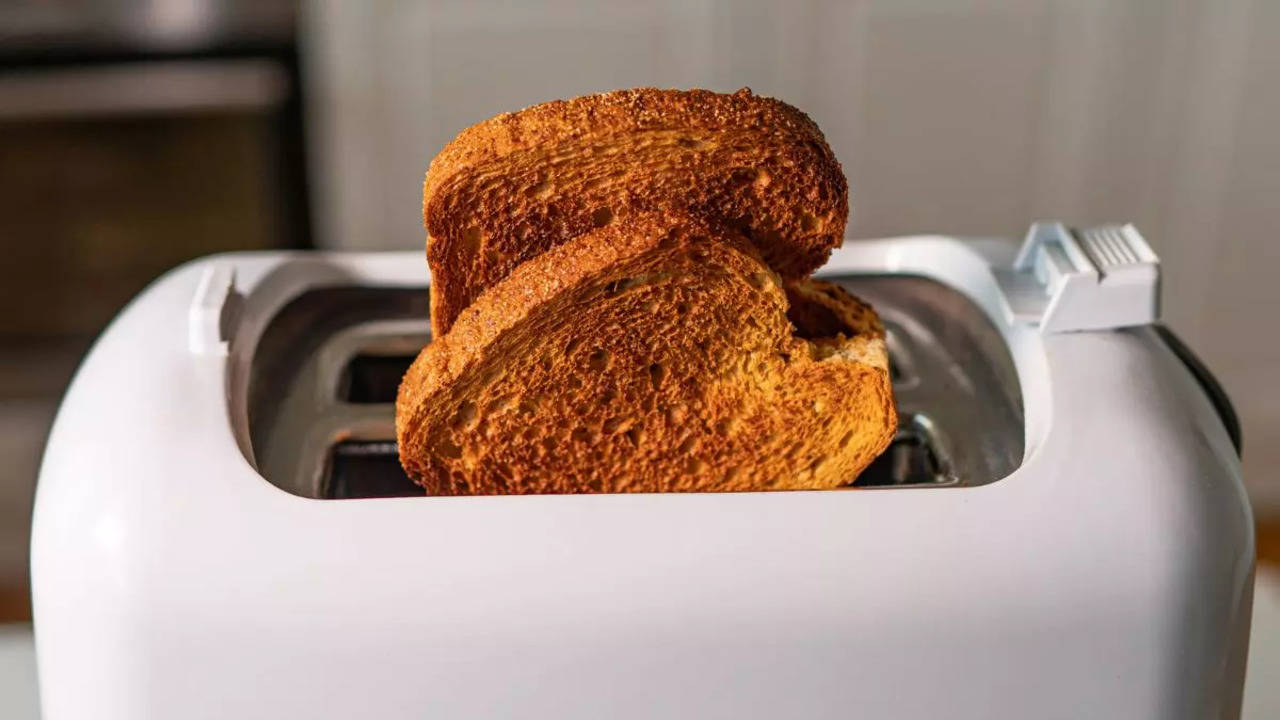
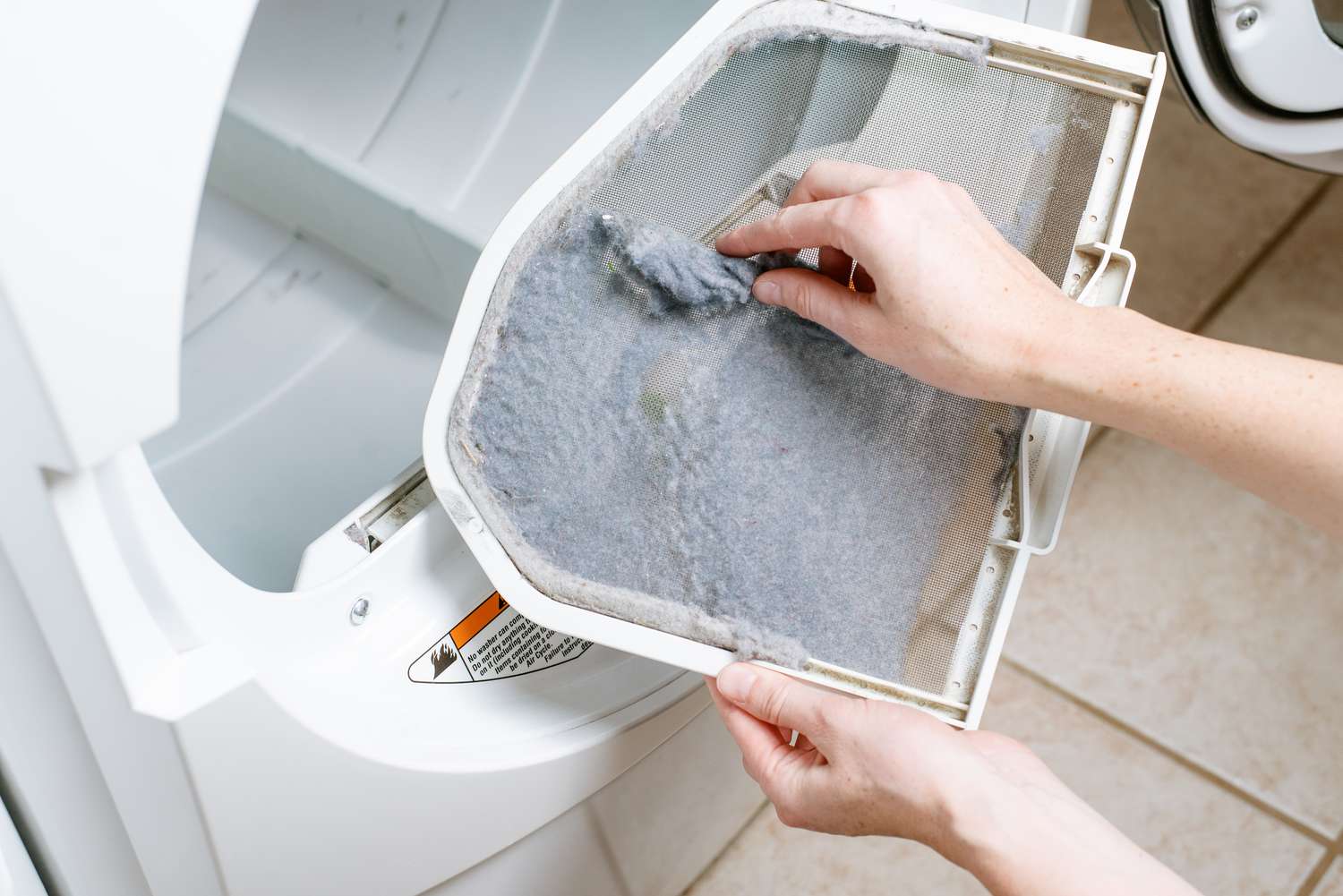
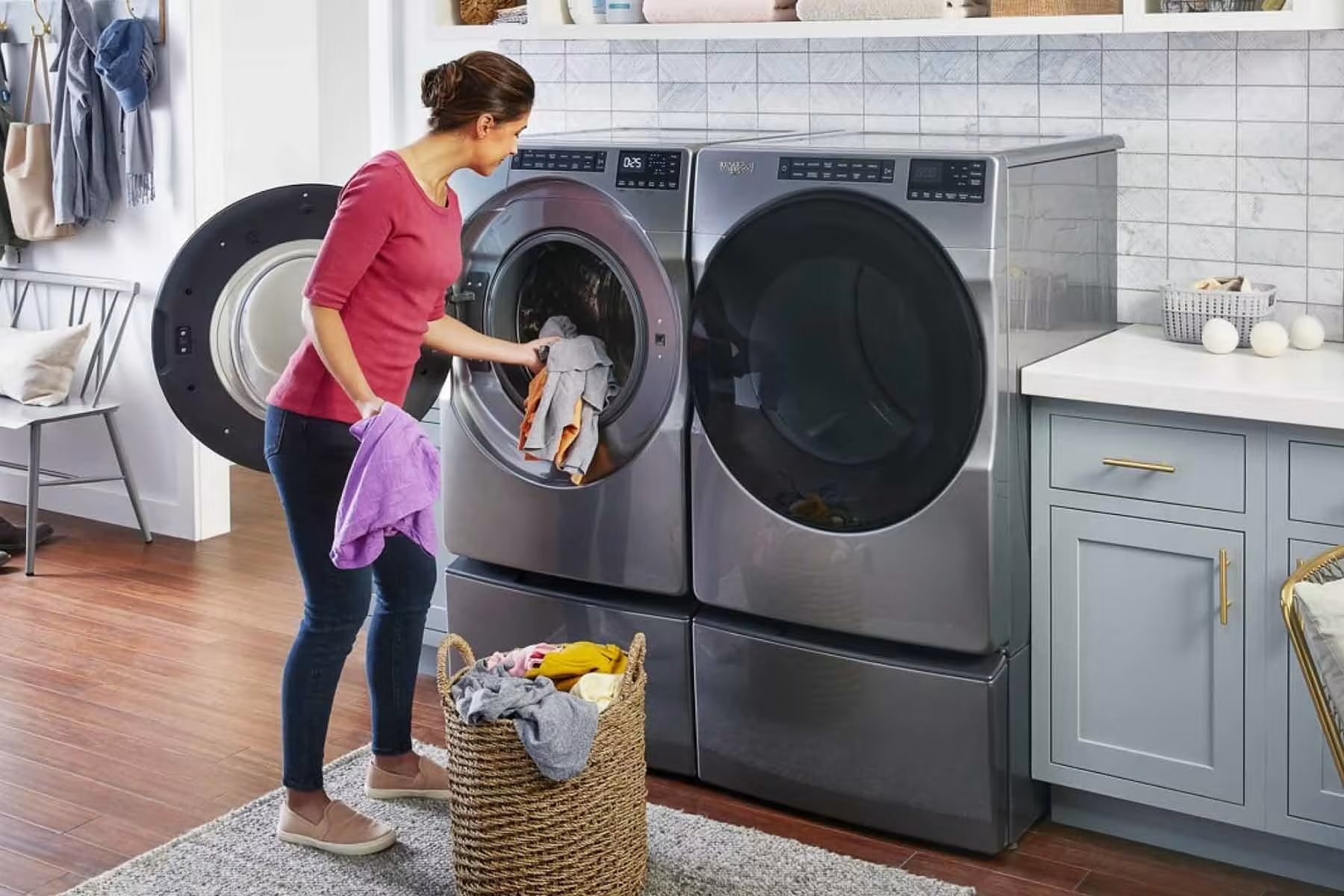
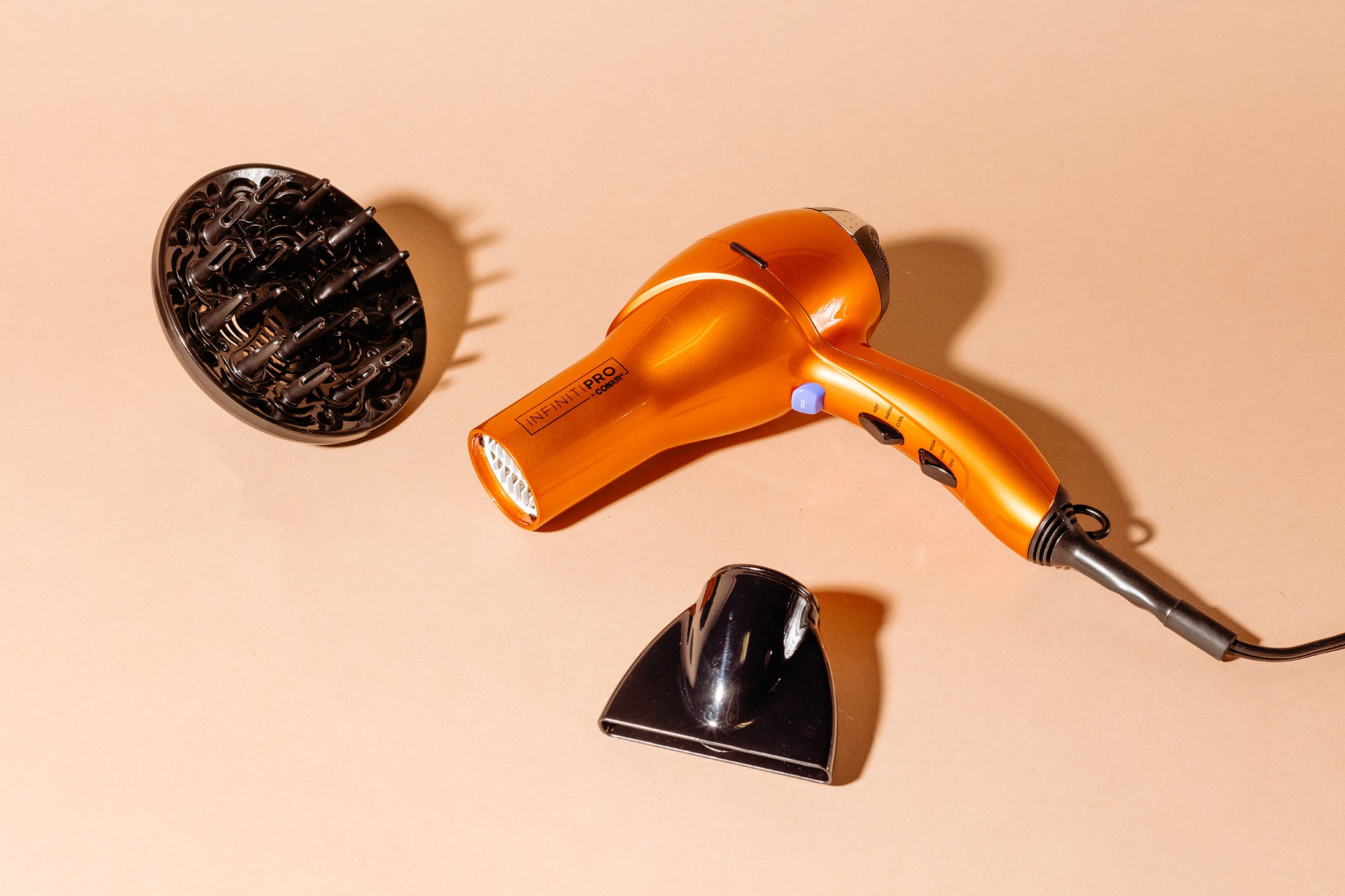
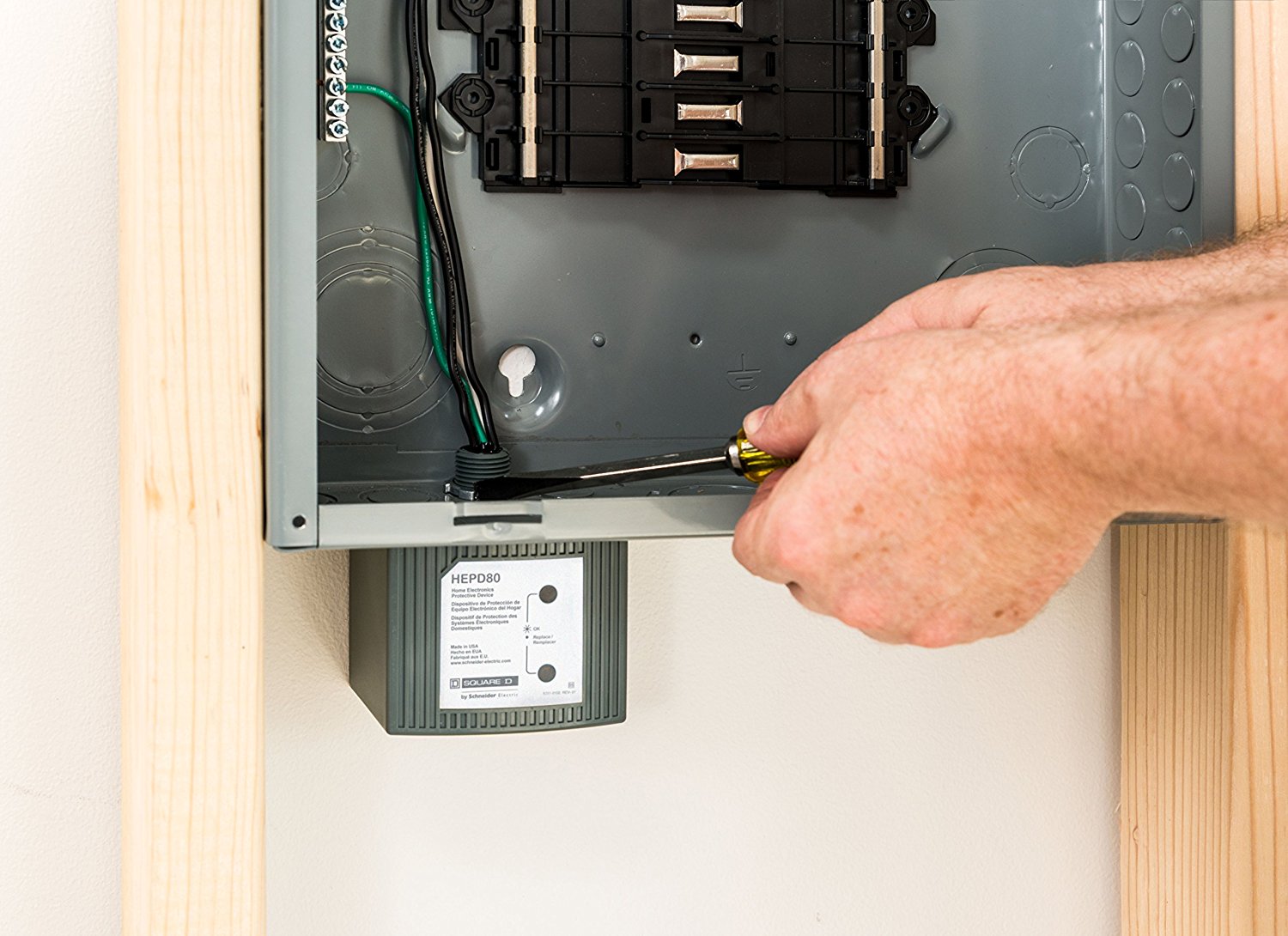

0 thoughts on “How Much Power Does Dryer Use”